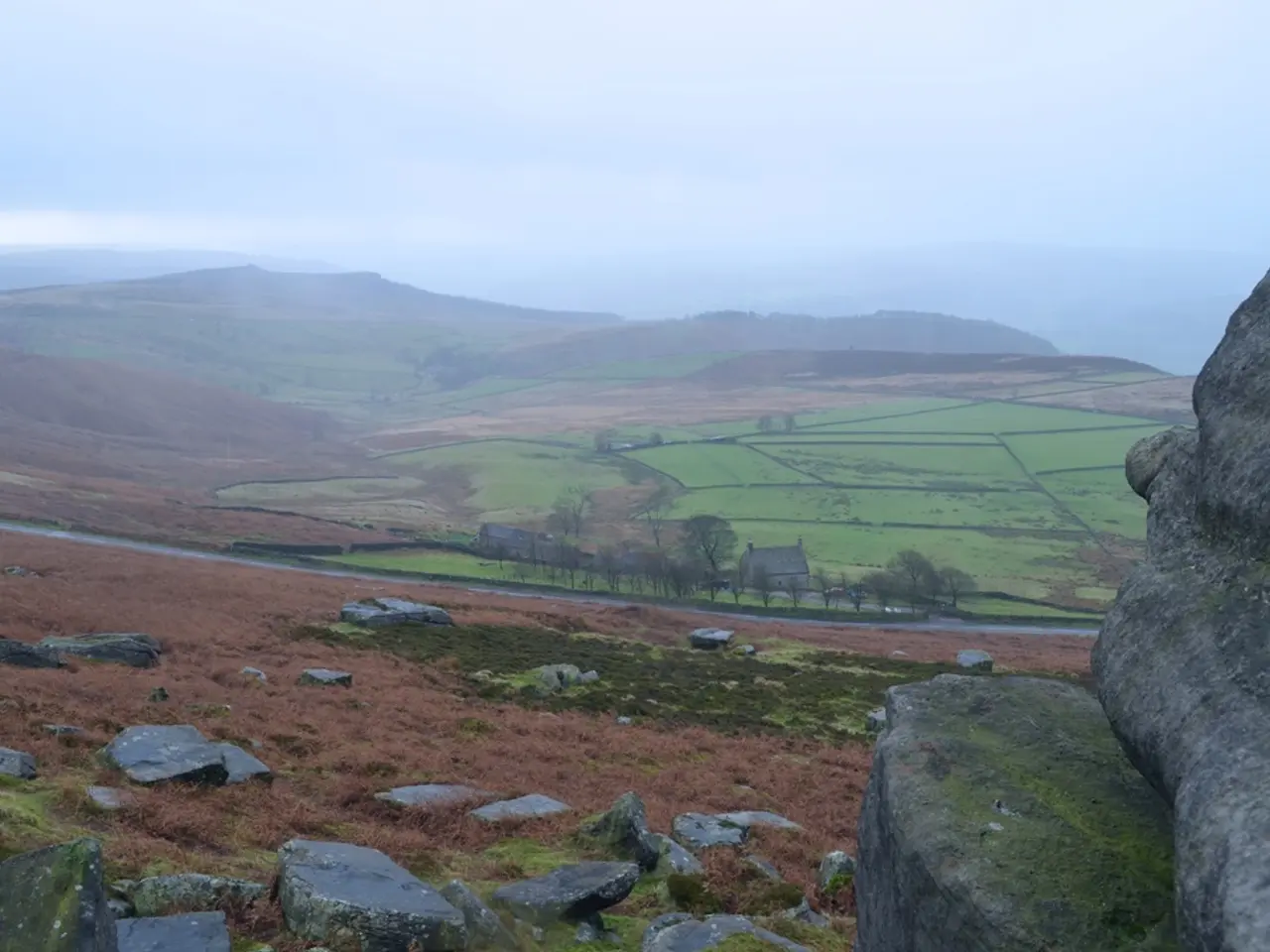Bologna Struggles with Overcrowding: Seeking a Harmonious Blend of Popularity and Manageability
Bologna, a city known for its ancient porticoes, towering structures, and culinary delights, has found itself grappling with the consequences of overtourism in recent years. This transformation, documented by Italian journalist Ilaria Maria Sala in a New York Times article, painted a grim picture of a city overwhelmed by mass tourism, with traditional shops and local businesses replaced by chains selling tourist-oriented products [1].
By 2024, Bologna had transformed into a tourist hotspot, with low-cost airlines, short-term rentals, and social media playing a role in its increased popularity. This shift, however, came at a cost. The city's journey from a hidden gem to a city grappling with overtourism reflects broader trends in global travel [2].
The challenge for cities like Bologna lies in managing tourism in a way that preserves cultural identity while still benefiting economically. This delicate balance is a complex issue, with potential benefits and costs to consider. The focus should be on preserving Bologna's cultural and social fabric, allowing it to remain a vibrant, living city for locals and visitors alike [3].
One concrete measure Bologna has adopted is an increased tourist taxation scheme aimed at generating funds for sustainable tourism management and cultural preservation. This approach helps generate additional revenue dedicated to funding these essential efforts in the city [1][3]. By targeting luxury accommodations and nightly stays, the taxation scheme aims to address housing issues in Bologna, where rental prices have risen due to the influx of tourists [4].
Supporting local businesses that preserve traditional crafts and culinary practices is another strategy for Bologna. Investing in the preservation of Bologna's cultural heritage, including historic buildings, traditional foods, and local customs, is crucial [5]. Encouraging responsible tourism, such as promoting less-visited neighborhoods and educating visitors, is a strategy that Bologna might adopt or align with to maintain its quality of life and heritage [6].
The debate over Bologna's transformation is not unique. Cities across Europe, including Barcelona, Venice, and Florence, have similarly struggled with the impact of overtourism. Yet, the city's charm, a blend of ancient history and modern attractions, remains [7]. In 2015, The New York Times published an article titled "36 Hours in Bologna, Italy," portraying the city as a hidden gem with cultural and culinary delights [8]. Evan Rail, the author, highlighted Bologna's historical significance as home to one of the world's oldest universities and its culinary contributions, including tortellini, tagliatelle, and mortadella.
As Bologna moves forward, the path involves adapting to the realities of a globalized world while preserving what makes it unique. The city's future involves finding a sustainable balance between tourism and preserving its cultural identity, ensuring that Bologna remains a city that locals and visitors alike can enjoy for years to come.
In light of the transformative impact of mass tourism, Bologna populates the discussion of cities grappling with overtourism, as documented by Ilaria Maria Sala in "36 Hours in Bologna, Italy" (The New York Times, 2015) and echoed by Evan Rail (The New York Times, 2015). To maintain a balance between tourism and preserving its cultural heritage, the city has implemented strategies, including an increased tourist taxation scheme for sustainable tourism management and cultural preservation, and supportive measures for local businesses preserving traditional crafts and culinary practices. As Bologna continues to navigate this delicate issue, it serves as a model for other cities facing similar challenges, illustrating the importance of responsible tourism in ensuring the sustainability of a city's lifestyle and cultural identity.




